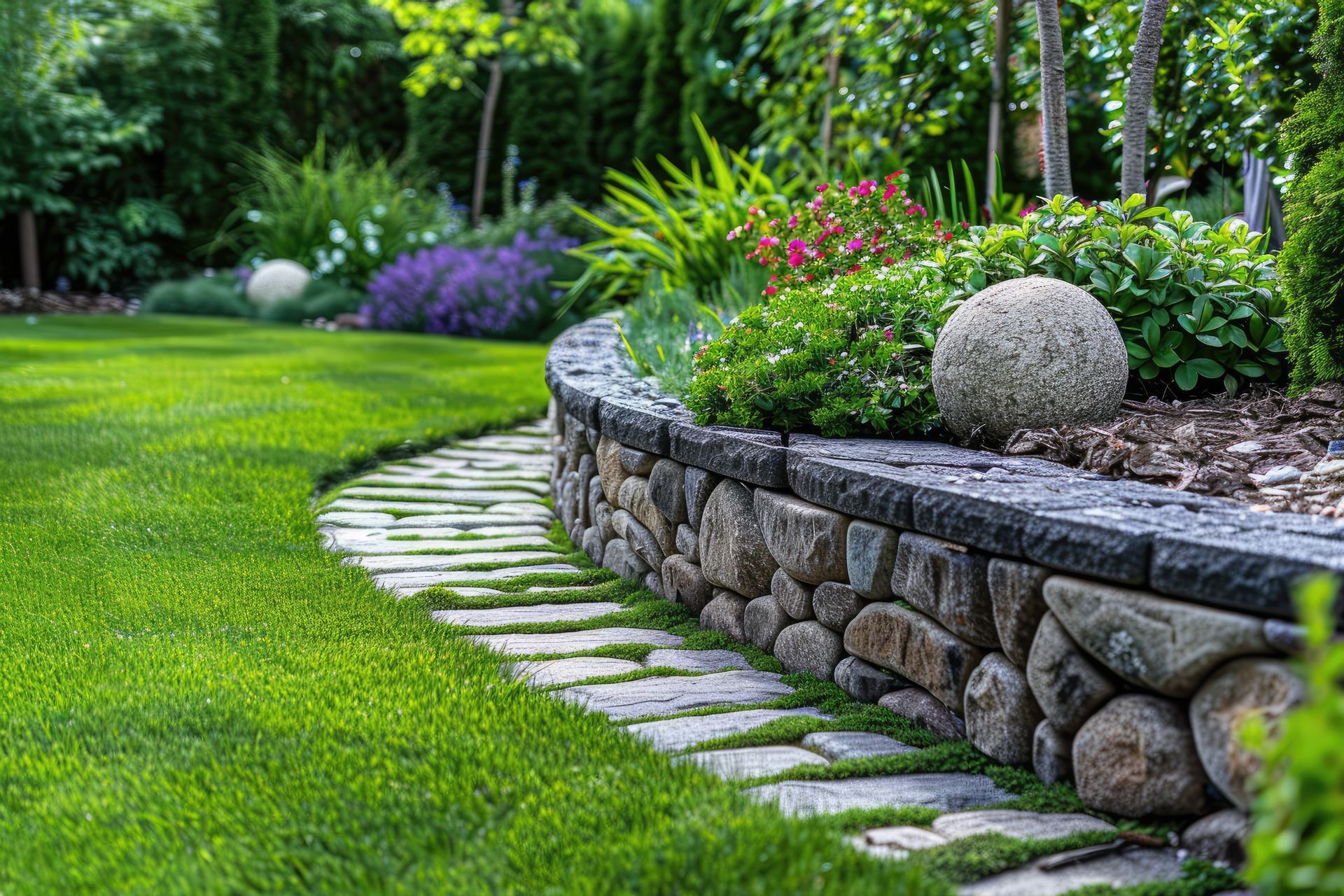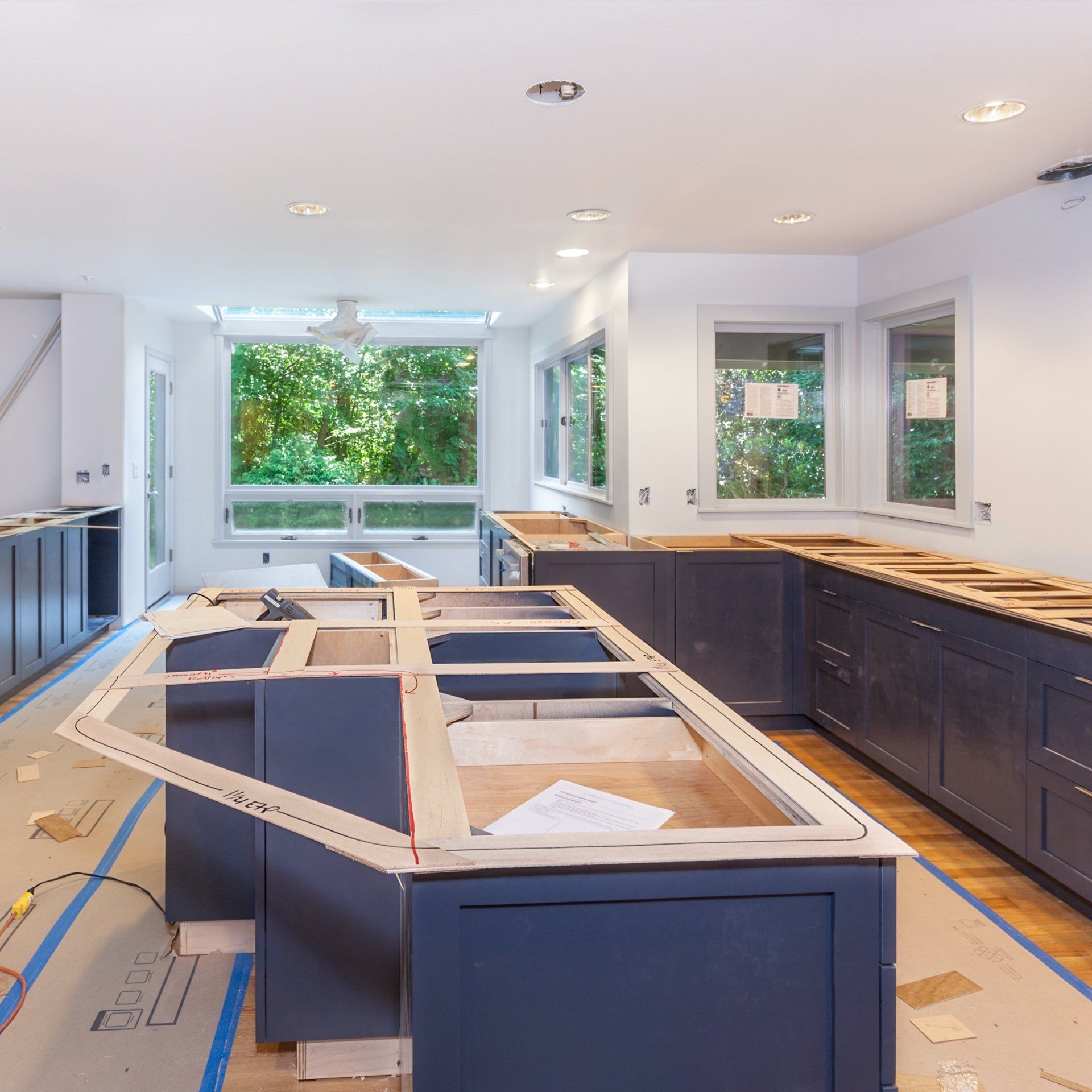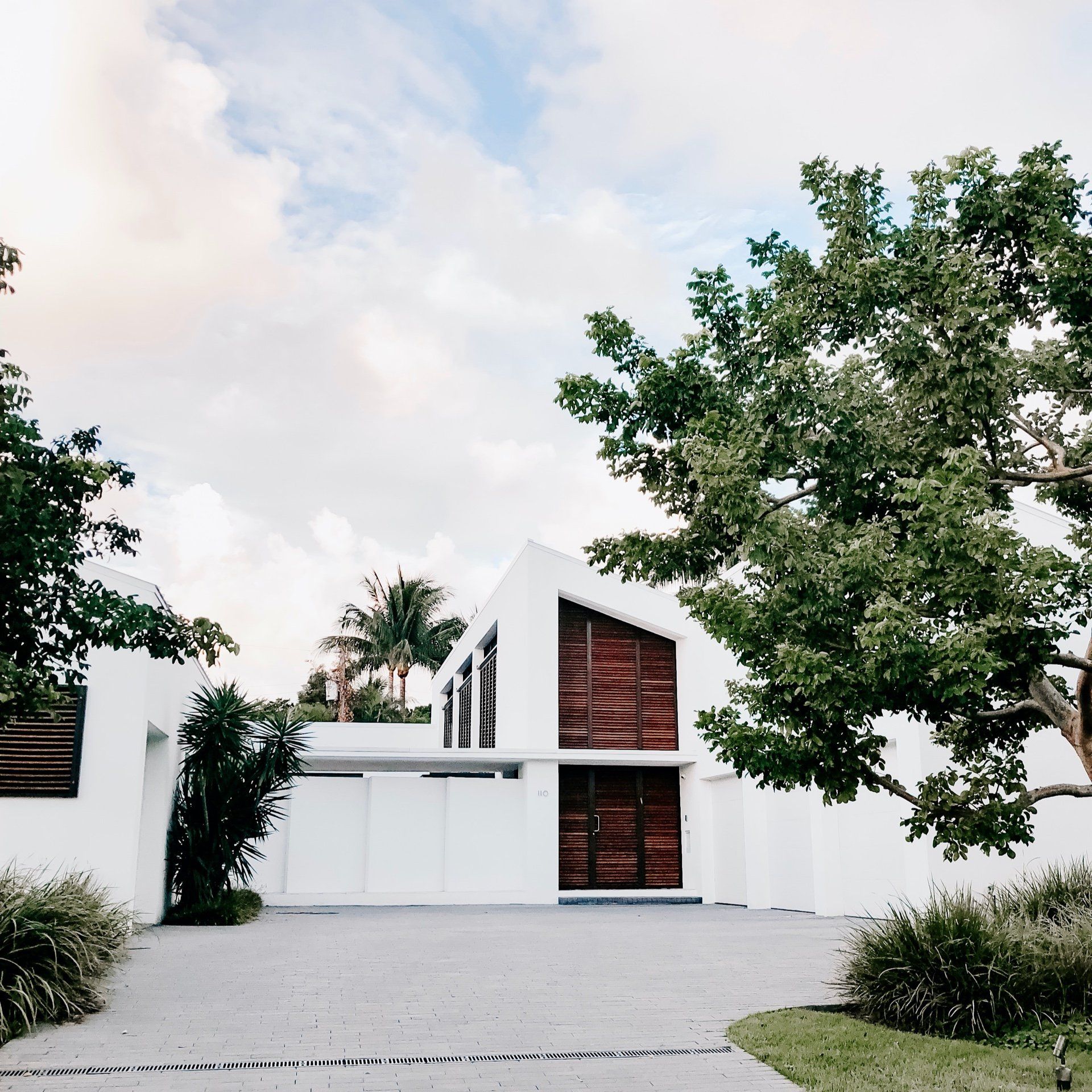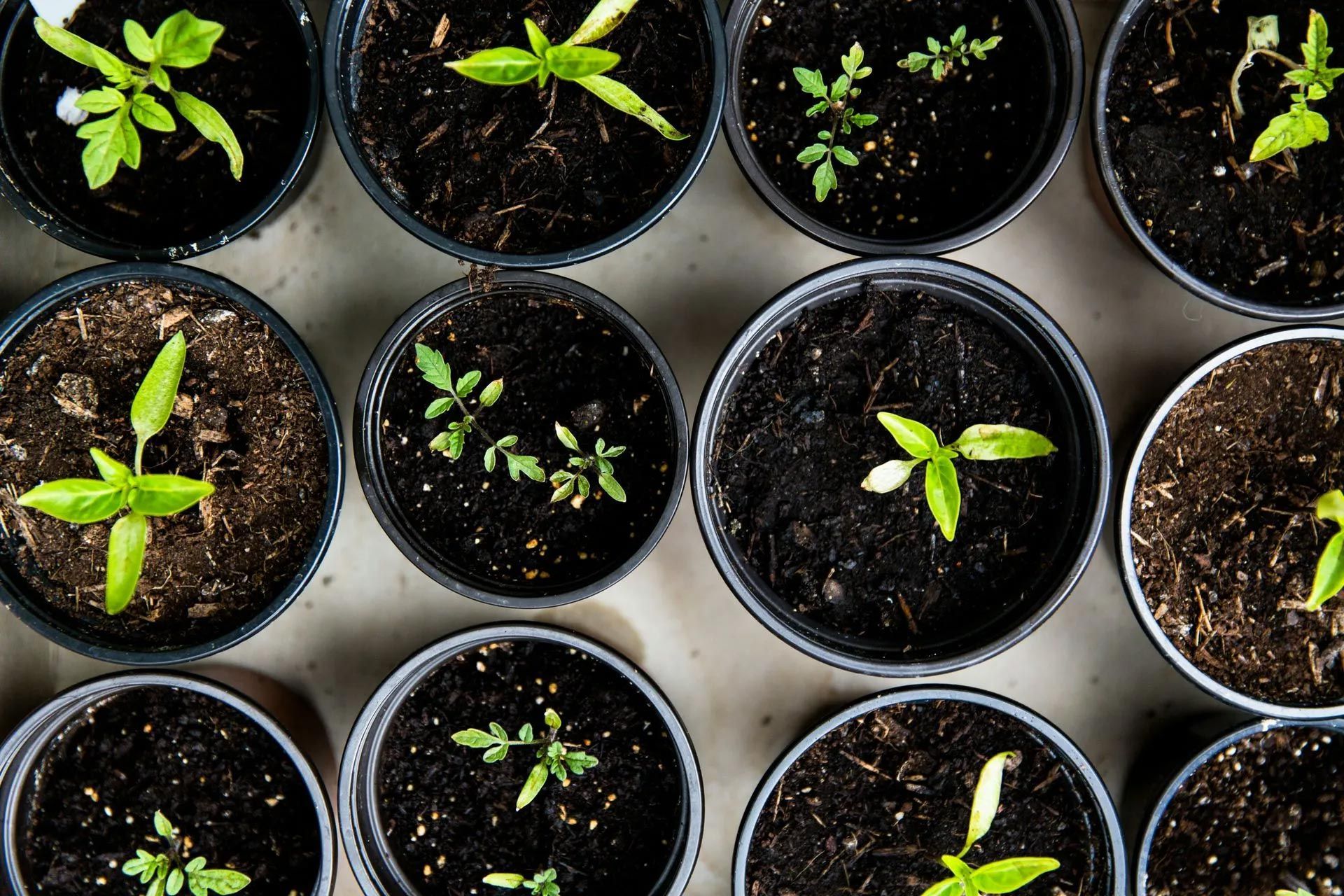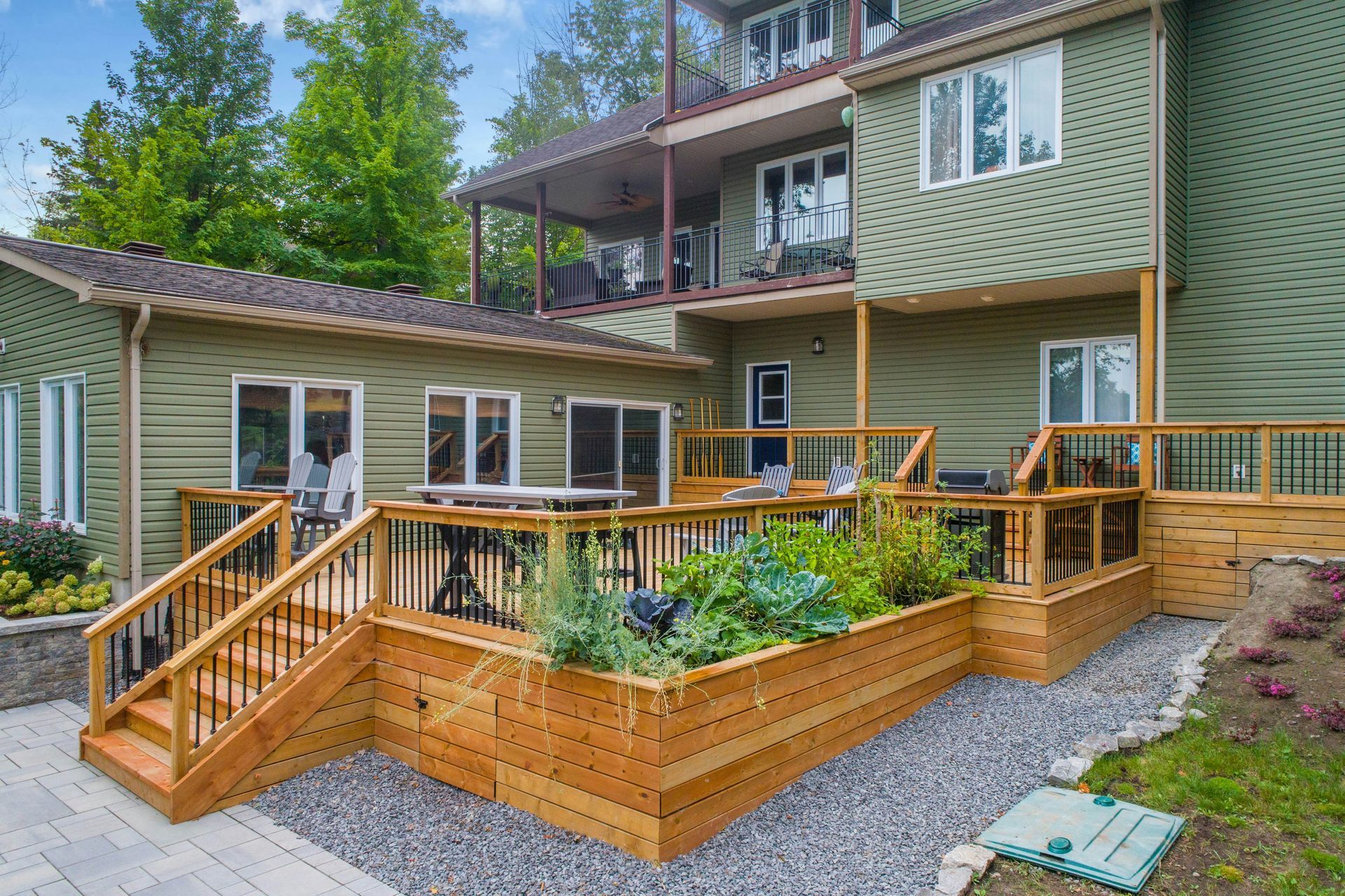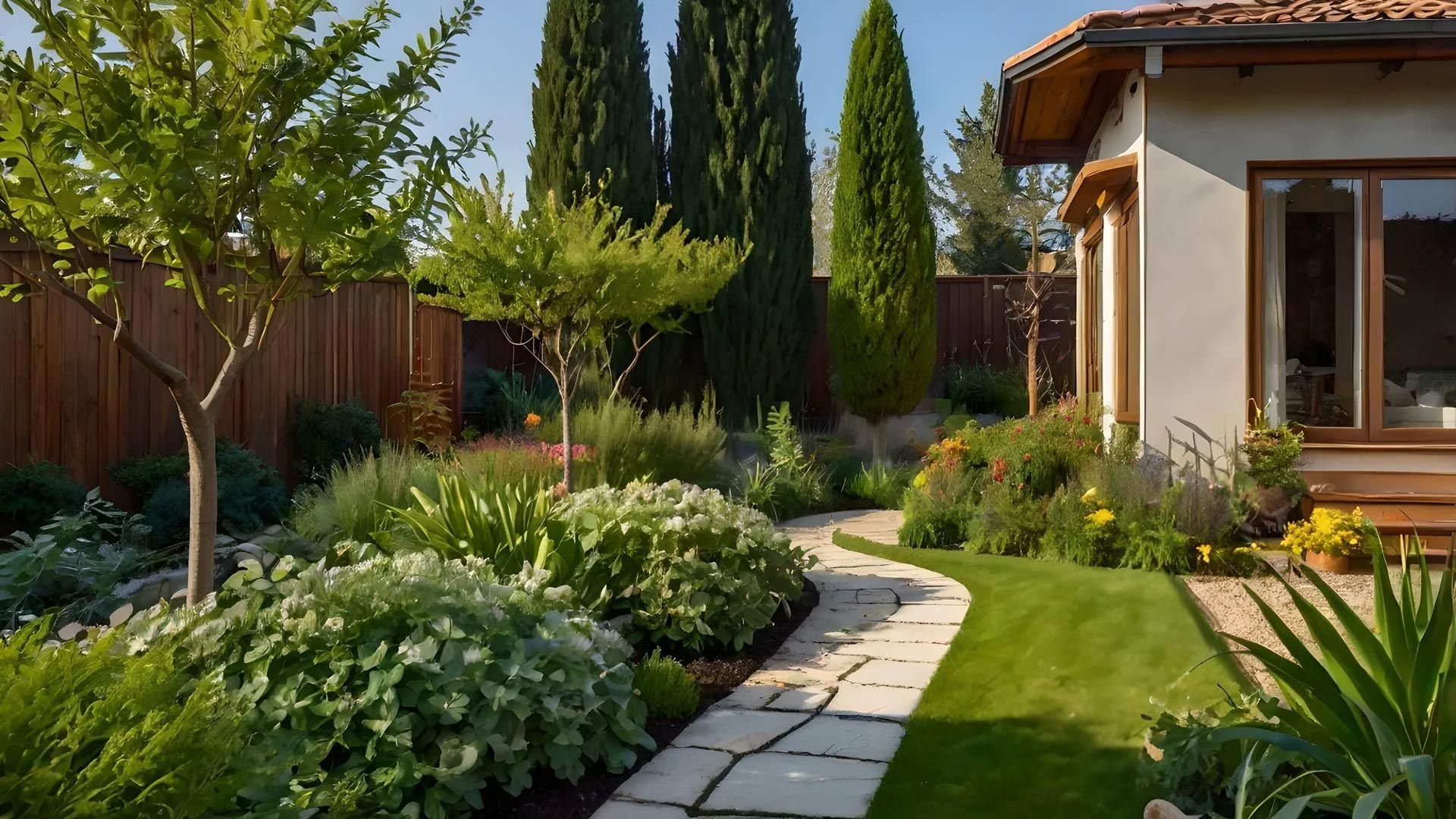The Importance of Eco-Friendly Outdoor Remodeling
Eco-friendly outdoor remodeling has become a vital aspect of modern home improvement, reflecting a growing commitment to sustainability and environmental responsibility. This approach emphasizes the use of sustainable materials and practices to minimize environmental impact, conserve resources, and foster a healthier living environment. As awareness of environmental issues rises, more homeowners are embracing eco-friendly remodeling, recognizing its potential to reduce carbon footprints and enhance property value. By aligning with the values of environmentally-conscious buyers, eco-friendly renovations not only contribute to a healthier planet but also make homes more appealing in the real estate market.
Benefits of Eco-Friendly Outdoor Remodeling
One of the primary benefits of eco-friendly remodeling is its ability to reduce energy consumption and lower utility costs. By integrating sustainable materials and energy-efficient technologies, homeowners can significantly decrease their reliance on non-renewable resources. This reduction not only saves money but also lessens the strain on local ecosystems and biodiversity.
Using sustainable practices can also improve the health of residents by minimizing chemical usage and promoting cleaner air quality around the home. By choosing eco-friendly options, homeowners can avoid harmful substances often found in traditional building materials. Eco-friendly remodeling often increases the overall value of a property, appealing to environmentally conscious buyers who recognize the long-term savings and health benefits associated with sustainable living. Finally, these practices contribute to environmental stewardship, helping to reduce the home's carbon footprint and promoting a more sustainable future for the community.
Using Recycled and Sustainable Materials
Recycled materials like reclaimed wood, recycled metal, and composite decking offer numerous advantages for outdoor remodeling projects. These materials not only reduce the demand for new resources but also add unique character and durability to outdoor spaces. Sustainable materials such as bamboo and cork are excellent choices for outdoor designs due to their rapid renewability and versatility.
Creative uses of recycled materials in landscaping and hardscaping projects can transform a garden into an eco-friendly oasis. For instance, reclaimed wood can be used for garden beds, and recycled metal can be repurposed into decorative features, offering both aesthetic and environmental benefits.
Incorporating Solar Lighting Solutions
Solar lighting is an excellent way to reduce energy use and minimize your carbon footprint. By harnessing the power of the sun, homeowners can light up their outdoor spaces without relying on electricity from the grid. There are various types of solar lighting options available, including pathway lights, spotlights, and decorative lighting, which can be tailored to suit any outdoor design. Recent innovations in solar technology have enhanced the efficiency and aesthetic appeal of these lighting solutions.
One of the
major advantages of solar lighting is its ease of installation, as it doesn't require complex wiring or connection to the electrical system. This makes it both a cost-effective and flexible option for enhancing outdoor spaces. Solar lights generally require less maintenance than traditional lighting options, as they are built to withstand various weather conditions and automatically recharge during daylight hours. The use of solar lighting also encourages a greater connection with the natural environment, as it utilizes a renewable energy source, reinforcing a commitment to sustainable living. By adopting solar lighting, homeowners can enjoy beautifully illuminated spaces while contributing to a more eco-friendly future.
Rainwater Harvesting Systems
Rainwater harvesting is an increasingly popular method for sustainable landscaping. This process involves collecting and storing rainwater for future use, reducing the need for municipal water supply and lowering water bills. A basic rainwater harvesting system typically includes components such as a collection surface, a storage tank, and a distribution system for irrigation.
Using harvested rainwater for irrigation not only conserves water but also provides plants with a natural source of hydration, which is free of chemicals commonly found in tap water. This practice is particularly beneficial in areas like Roseville, California, where water conservation is a priority.
Sustainable Landscaping Practices
Native plant gardening is a key component of sustainable landscaping. By selecting plants that are indigenous to the area, homeowners can reduce water usage and create habitats that support local wildlife. Native plants are adapted to the local climate, requiring less maintenance and water than non-native species.
Xeriscaping techniques further minimize water consumption and maintenance by using drought-tolerant plants and efficient irrigation systems. Organic gardening practices, such as composting and natural pest control, contribute to a healthier environment by reducing chemical inputs and enhancing soil fertility.
Eco-Friendly Outdoor Furniture and Decor
Choosing eco-friendly outdoor furniture and decor is another way to enhance the sustainability of your outdoor spaces. Opt for furniture made from recycled or sustainably sourced materials, such as teak or eucalyptus, which are known for their durability and minimal environmental impact. Incorporating decor items made from natural or recycled materials can add both style and sustainability to your outdoor areas. These choices not only reduce the carbon footprint associated with manufacturing new products but also support ethical and sustainable production practices.
Challenges and Considerations
While eco-friendly outdoor remodeling offers numerous benefits, homeowners may face certain challenges during implementation. Budget constraints can be a significant consideration, as sustainable materials and technologies may have higher upfront costs. These investments often lead to long-term savings and increased property value.
Homeowners should also consider the potential return on investment for sustainable upgrades. By planning carefully and prioritizing projects, they can overcome common obstacles and achieve successful eco-friendly renovations. Seeking advice from local experts in the Roseville area, such as California Exteriors, can provide valuable insights and guidance tailored to the specific needs and conditions of the region.
Eco-friendly outdoor remodeling is not just a trend but a responsible choice for homeowners looking to improve their homes while minimizing environmental impact. By adopting sustainable practices and materials, individuals can create beautiful, functional outdoor spaces that benefit both their wallets and the planet. As the demand for eco-friendly solutions continues to grow, embracing these practices can ensure a healthier, more sustainable future for our communities and the environment.
For expert guidance and assistance with your eco-friendly outdoor remodeling projects,
contact California Exteriors, Inc. today. Our team is dedicated to helping you create sustainable, beautiful outdoor spaces that meet your unique needs and environmental goals.
